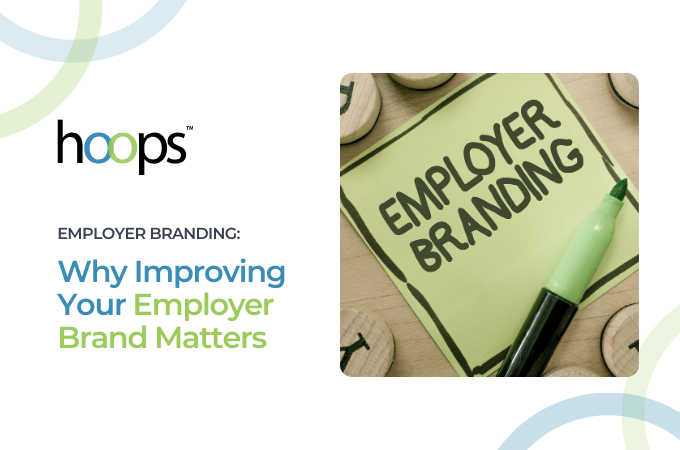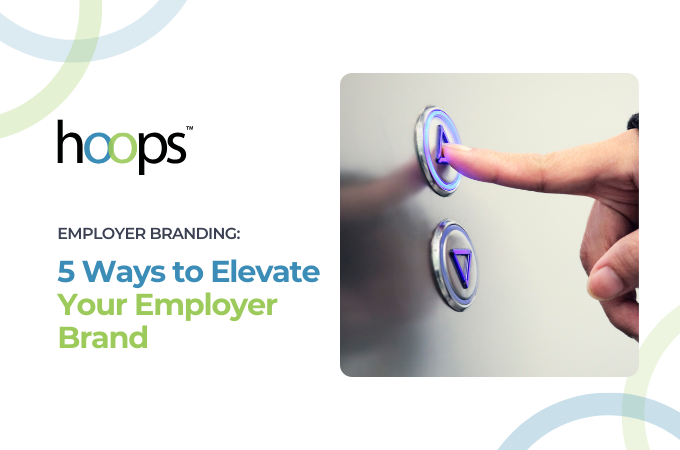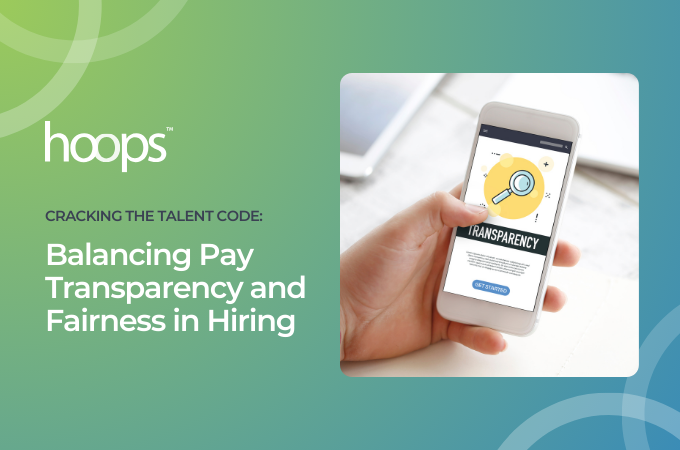A talent experience platform accomplishes far more than centralizing the structure of talent acquisition and management. It is indispensable in driving effective, high ROI workforce management strategies.
These platforms are being widely adopted across industries, and 84% of organizations who haven’t already done so are considering investing in digital workforce management strategies within the next 12 months. In addition, 67% of CFOs plan to invest in workforce analytics within the next 12 months. A total workforce management solution like HoopsHR delivers on both of these investment objectives.
Stakeholders pushing for such initiatives need to present the business case for investing in a talent experience platform around five areas of need:
- Talent acquisition
- Workforce data and intelligence
- Employee engagement
- Responsiveness to talent needs
- Reduction in labor, HR, and management costs
A talent experience platform strengthens organizations’ abilities to execute in these key areas, reducing workforce investments while maximizing ROI, through the following system features:
Automated Omni-Channel Candidate Engagement and Screening: Tools and assessments delivered online through email, text, in-app messaging, and video evaluate fit based on how candidates engage and perform. This minimizes the time investments for managers and other employees in the screening and interview processes. Automated multi-channel screening delivers highly qualified, highly interested candidates who accept job offers at higher rates, in less time than the traditional screening process.
Communication and Collaboration: In the hiring process, the talent platform creates a seamless and integrated process between all teams and stakeholders. Once hired, new employees quickly cultivate their network of contacts within the organization, develop working relationships, align workflows, communicate, and collaborate.
Persona-Based Onboarding and Success Management: These tools deliver a custom-tailored experience for each employee, beginning with onboarding and extending throughout employment. These tools ramp up the learning curve and get employees acclimated to their specific roles, rooted in the workings of the organization, connected to the company mission and culture, and aligned with management’s job performance expectations.







